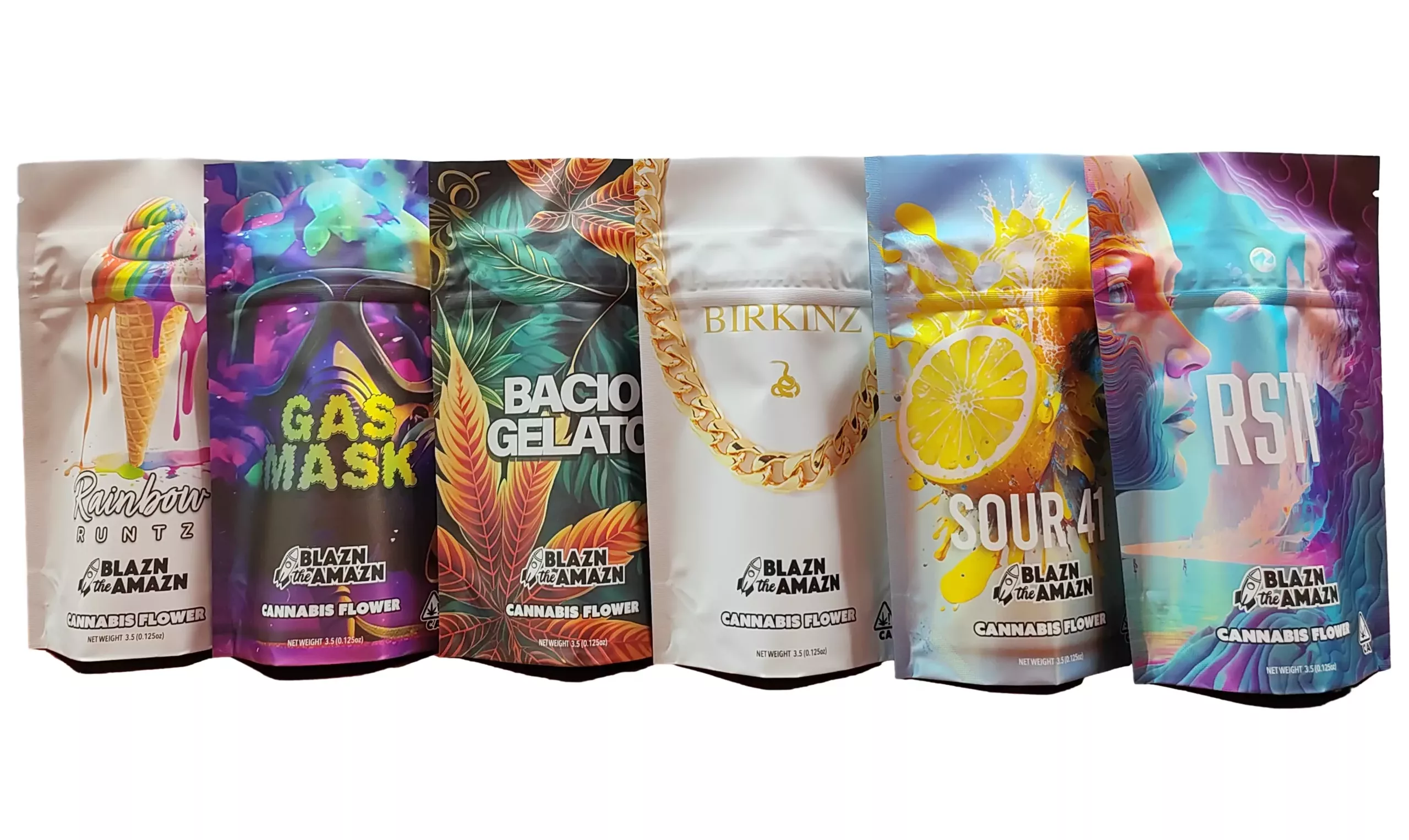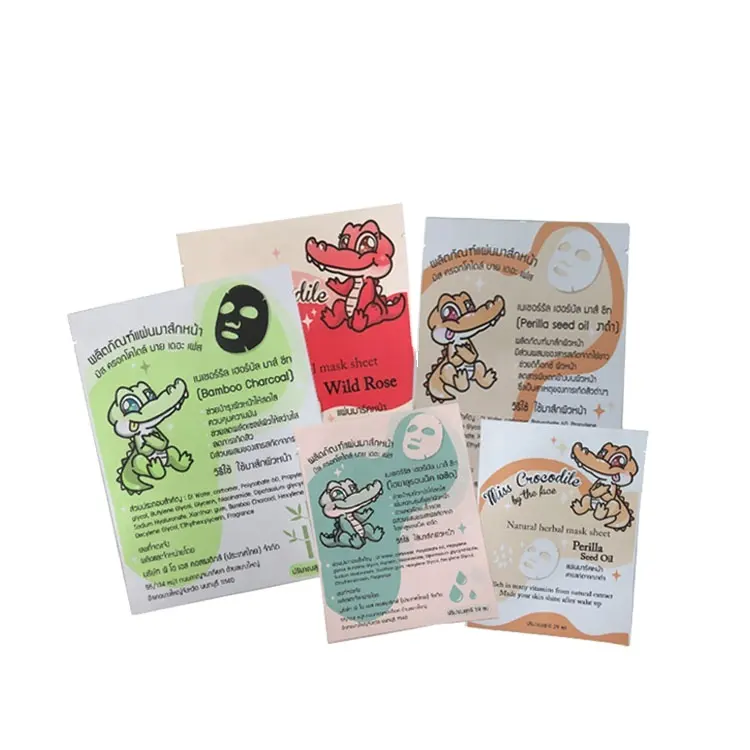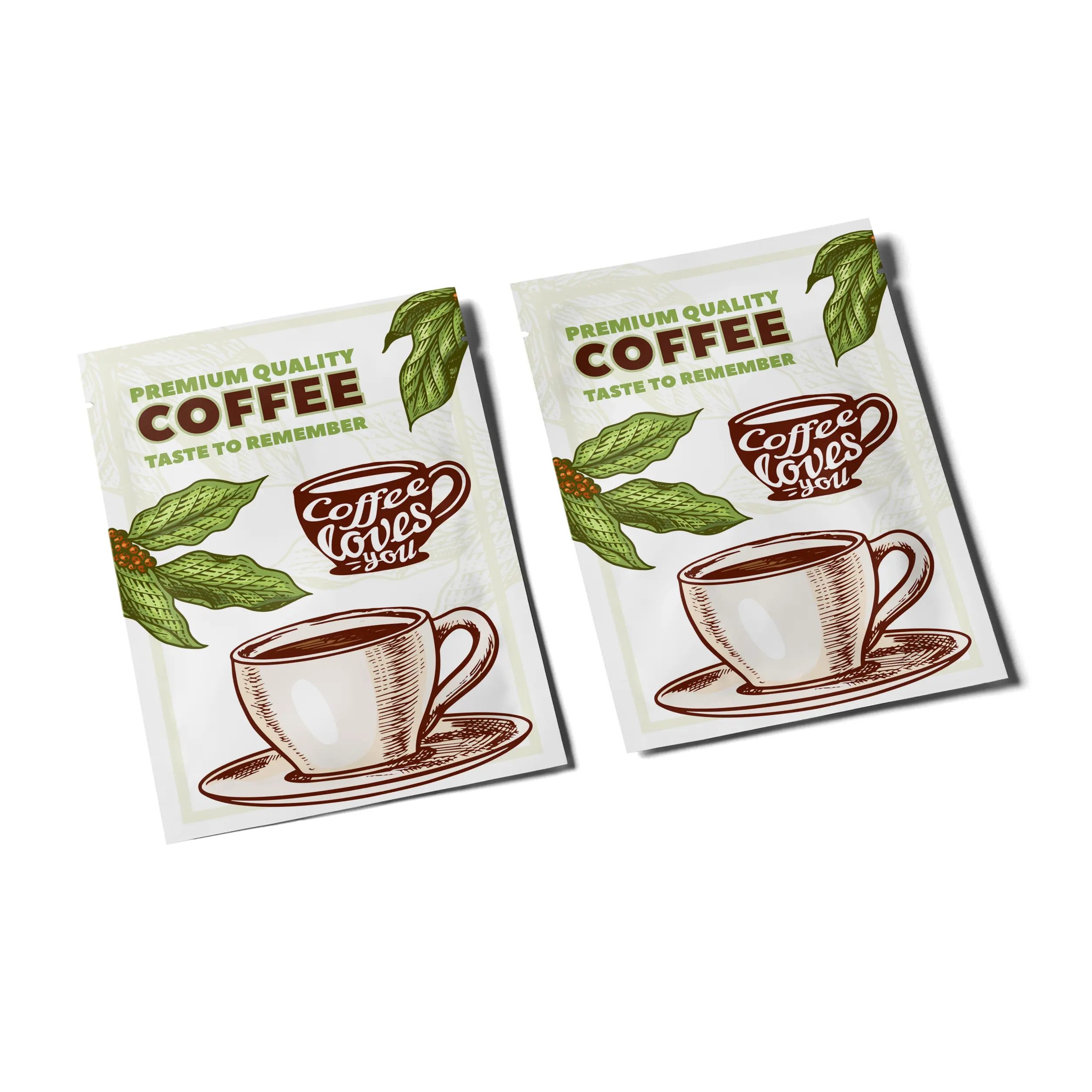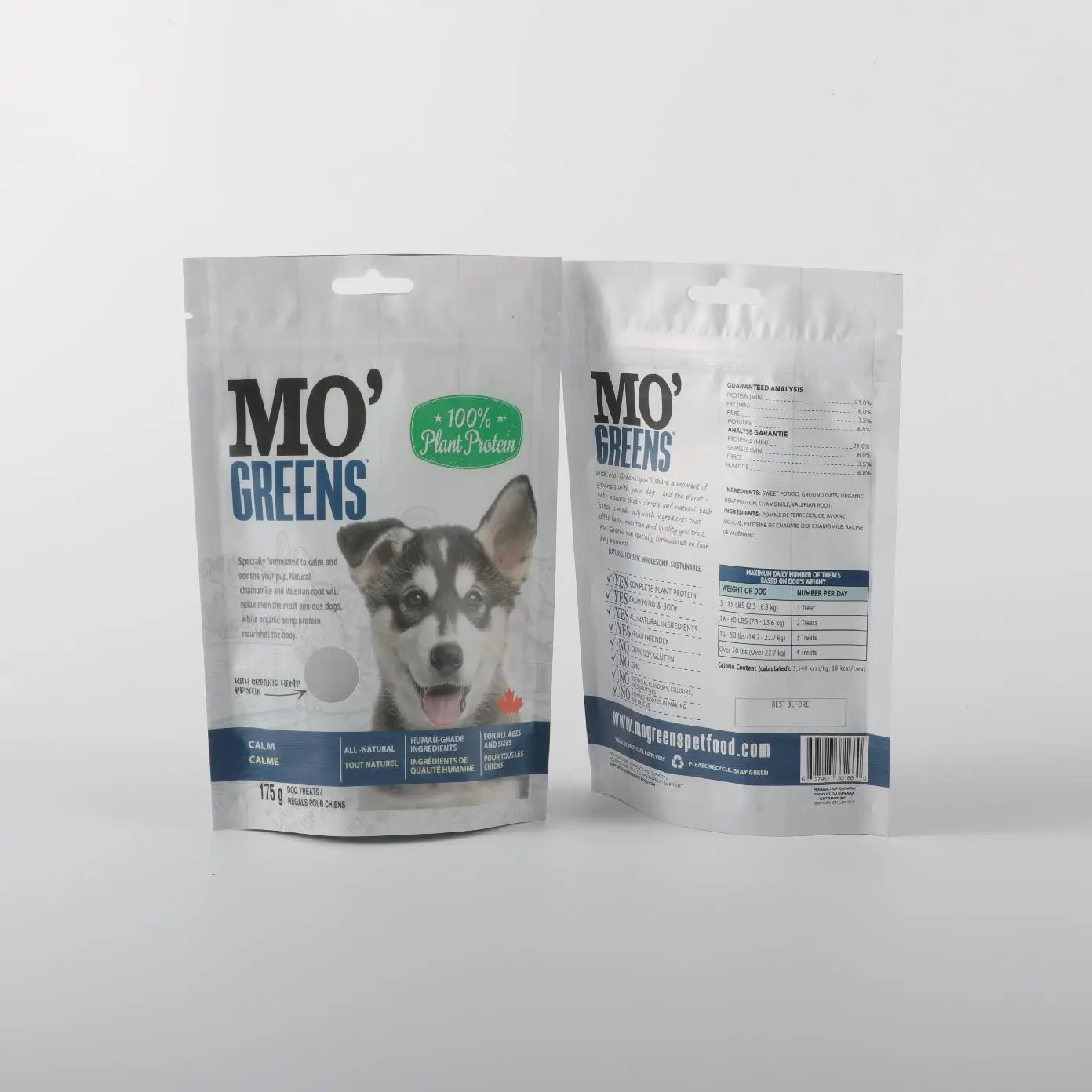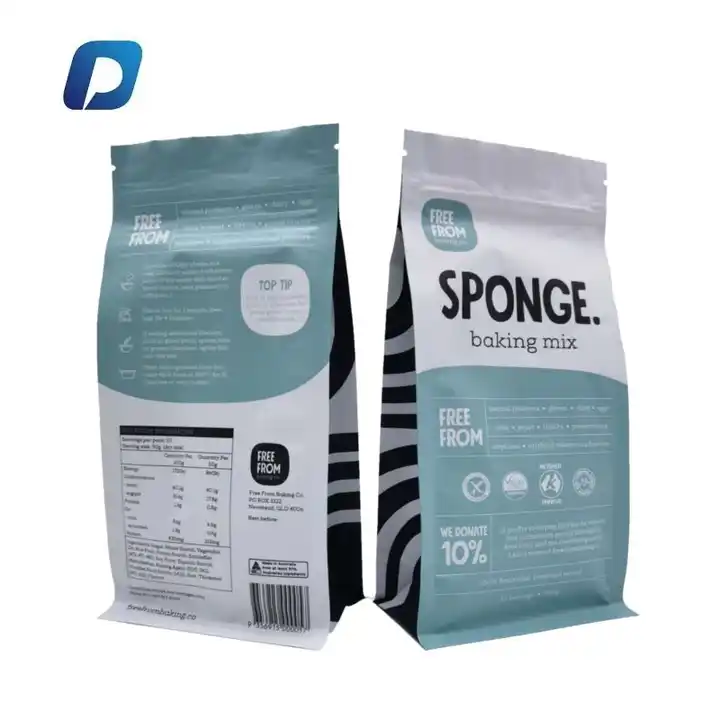Important Role of Eco-Friendly Coffee Package
Every cup of coffee represents a journey from bean to brew, yet the contribution it makes towards the environment doesn’t stop with the coffee alone. A lot depends on the choice of packaging for the coffee bag. Classic packaging materials of plastic and foil usually go directly to landfills, taking hundreds of years to decompose.
Compostable or recyclable alternatives, in turn, stand for reducing waste and creating a positive ecological footprint.
With the rise of consumers supporting sustainability, brands that use eco-friendly coffee pouches enjoy greater levels of trust and loyalty. Eco-friendly packaging stands for transparency, accountability, and the love of taking care of the planet—all those qualities which go well with the modern consumer.
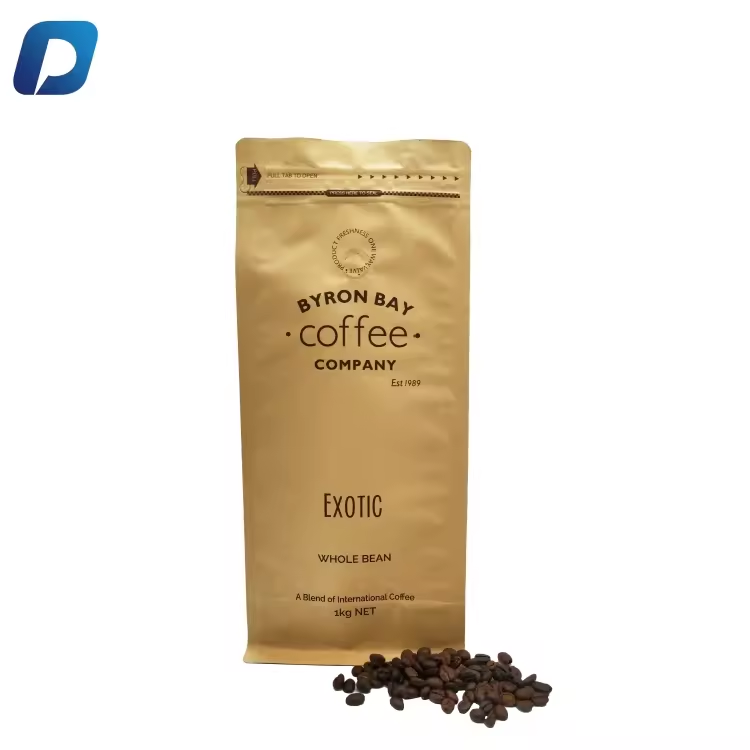
Materials Used in Eco-Friendly Coffee Packaging Pouches
Eco-friendly packaging for coffee bags mainly uses materials that are biodegradable, recyclable, or from renewable sources. Below are some of the popular choices:
Kraft Paper
Kraft paper provides a natural look in raw forms, is fully biodegradable, and fully recyclable. It is often combined into a stand-up pouch together with an additional inside lining made to resist moisture.
PLA
Polylactic acid (PLA) comes from sources such as cornstarch or sugarcane. It gives a “plastic touch” to the packaging while remaining completely eco-friendly.
Recyclable Polyethylene (PE)
For brands that need durability and flexibility, recyclable PE materials guarantee a strong solution to support circular recycling systems.
Compostable Films
Compostable films are ideal for preserving the aroma and freshness of coffee. They combine plant-based materials with functional barriers to prevent light, moisture, and oxygen from reaching the coffee.
Benefits of Eco-Friendly Coffee Pouches
Moving to sustainable coffee packaging bags provides benefits on multiple levels for both businesses and consumers:
- Preserve Freshness: Many green coffee pouches come fitted with one-way degassing valves for premium flavor and aroma preservation.
- Reduced Carbon Footprint: Recyclable or compostable materials reduce dependence on virgin resources, lowering the environmental impact.
- Branding Differentiation: Eco-friendly branding appeals to green-conscious consumers and builds trust with certifications like “100% compostable.”
- Custom Options: Green coffee packaging offers custom branding with dynamic graphics, resealable closures, and attractive finishes.
- Compliance with Regulations: Governments have increasingly regulated single-use plastics, making eco-friendly pouches a proactive compliance solution.
How Eco-Friendly Choices Affect Consumer Decisions
Green packaging has become an influential factor in decision-making for many consumers. Studies reveal that buyers are willing to pay a premium for goods packaged in sustainable materials.
Millennials and Gen Z shoppers, in particular, prioritize sustainability, making eco-friendly coffee packaging a marketing tool for these demographics. Brands using such pouches often enjoy greater loyalty, positive word-of-mouth, and heightened social media visibility.
Challenges in the Adoption of Sustainable Coffee Packaging
While the shift to eco-friendly packaging offers significant advantages, some challenges persist:
- Cost Implications: Compostable and recyclable materials often have higher production costs, though technology advancements are helping reduce this gap.
- Material Limitations: Achieving functional attributes like moisture barriers and heat-sealing capabilities in sustainable materials can be challenging.
- Consumer Education: Many consumers need guidance on proper disposal of recyclable or compostable materials, requiring clear labeling.
Tips to Choose the Right Eco-Friendly Coffee Packaging
If your brand is considering a switch, here’s how to find the ideal eco-friendly coffee bags:
- Understand Your Product Needs
Freshly roasted coffee often requires pouches with degassing valves for maximum freshness. - Prioritize Branding Potential
Eco-friendly doesn’t have to mean plain. Use innovative designs to make your packaging stand out. - Work with Reputable Suppliers
Choose suppliers experienced in producing custom eco-friendly packaging with high standards. - Educate Your Consumers
Include QR codes or printed instructions on the packaging for proper disposal methods and materials.
Sustainability in Action: Success Stories
Many brands worldwide benefit from adopting eco-friendly coffee packaging.
- Small-Batch Roasters: Craft coffee brands often opt for Kraft paper pouches to create a minimal environmental footprint.
- Global Giants: Leading multinational coffee companies are committed to eliminating plastic packaging and switching to compostable materials by 2025.
These efforts not only support environmental preservation but also position the brands as leaders in sustainability.
Conclusion
Eco-friendly coffee packaging pouches represent the future of the coffee industry. From compostable to recyclable options, they preserve coffee’s integrity while minimizing environmental harm.
For brands, adopting sustainable packaging is not only an environmental obligation but also a marketing opportunity to build loyalty and stand out in a competitive market.
Join the move toward a greener future today—let your coffee packaging showcase how much your brand cares about sustainability and quality.

